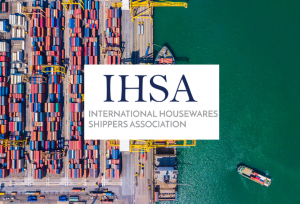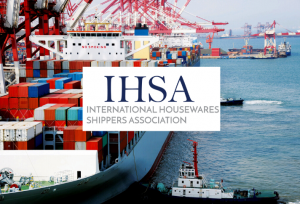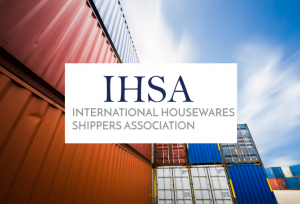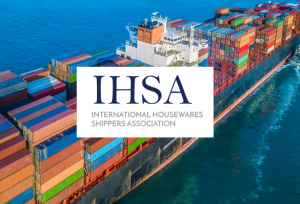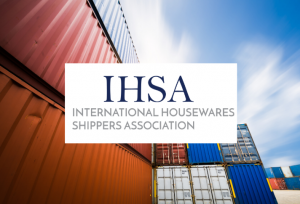Experts predicted that finding space on containerships was going to be a challenge for shippers during the 2021-22 contract period. However, no one predicated the severity that the space crisis is currently having on supply chains across the US. To make matters worse, the lack of container space has not peaked yet. The space problem is going to get a lot worse before it gets…
CONTINUE READING
IHSA Shippers Association
Let the International Housewares Shippers Association help you reduce your ocean container freight costs!
Asia to U.S. Contracted Container Space is Sold Out
It is going to be a challenging year for the entire shipping industry. March imports in the Transpacific jumped 51%. Every major trade publication is predicting that the 2021 space issues will be much worse than what the industry experienced in 2020. The carriers have sold out all space for the 2021-22 contract period. This unprecedented space crisis is going to present many…
CONTINUE READINGCarriers Flex Their Muscles During Negotiations
Ocean contract negotiations for cargo moving from Asia to the US are coming to an abrupt end. Negotiations in this market traditionally start in February and last until the end of April. The unprecedented demand in the market has drastically changed the negotiation timetable. Carriers have made it clear that shippers waiting to finalize contracts at the end of April in hopes of…
CONTINUE READINGService Contracts Underway for Asia to US Cargo
Shippers moving containers from Asia to the US are in the midst of very tough service contract negotiations. As anticipated, the carriers are demanding very strict container commitment guidelines, reductions in free time and significant rate increases. Finding sufficient carriers to meet your forecasted container demand has been the biggest challenge for shippers since 2021…
CONTINUE READINGIHSA Declares 2020 Refund
The surge in US imports over the last six months has been unprecedented and is causing problems in all facets of the supply chain. Carriers are telling importers to expect this highly volatile market to last through the 2021 Chinese New Year. A few carriers are suggesting this volatility will last through October 2021. Through all the volatility, the support of IHSA’s…
CONTINUE READINGSupply Chain Challenges Will Linger in 2021
Carrier consolidation has created a landscape that is vastly different than it was five years ago. The transpacific trade lane has been reduced to 3 mega alliances that are extremely powerful and able to quickly adapt to changes in the market. The power of these alliances was on full display in 2020. One thing is for certain, the carriers’ newfound ability to control capacity…
CONTINUE READINGContainer Lines Own the Leverage
At the beginning of every contract negotiation period, the shipping industry speculates whether the carriers or the shippers have the leverage to drive the contract negotiations. There is no speculation heading into the 2021 contract process. The carriers have 100% of the power barring a major collapse in the global economy. Shippers that fail to accept the new carrier tactics…
CONTINUE READINGAsia to US Container Space is Sold Out
Carriers have informed the shipping industry that container space on ships is sold out through the month of November. Space is sold out even though capacity is up 20% year-on-year. The surge in imports is unprecedented. A similar space shortage happened in 2018 but 2020 is turning out to be much worse for US importers. The carriers claim there is nothing else they can do to…
CONTINUE READINGFederal Maritime Commission Addresses Eastbound Transpacific Market
The Federal Maritime Commission (FMC) has finally weighed in on the eastbound transpacific market. Shippers have been complaining for months that carriers have been routinely canceling sailings so demand will outweigh supply which ultimately drives up freight rates. The cost to ship a container from China to the port of Los Angeles in May was $1700. To ship that same container…
CONTINUE READING- « Previous Page
- 1
- …
- 4
- 5
- 6
- 7
- 8
- …
- 12
- Next Page »
